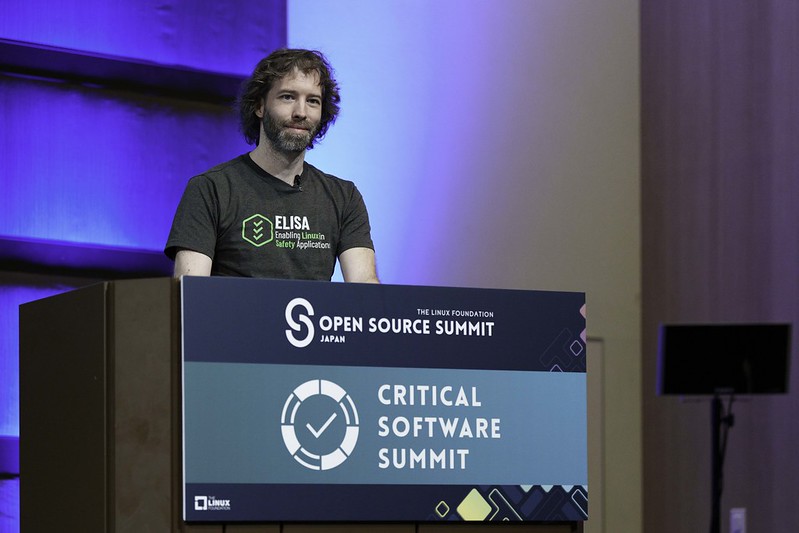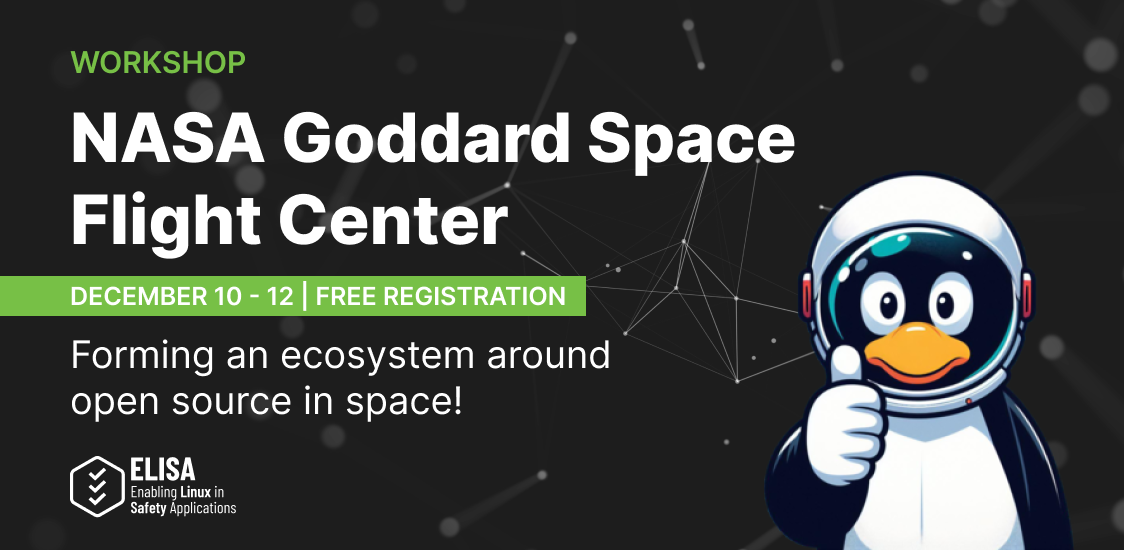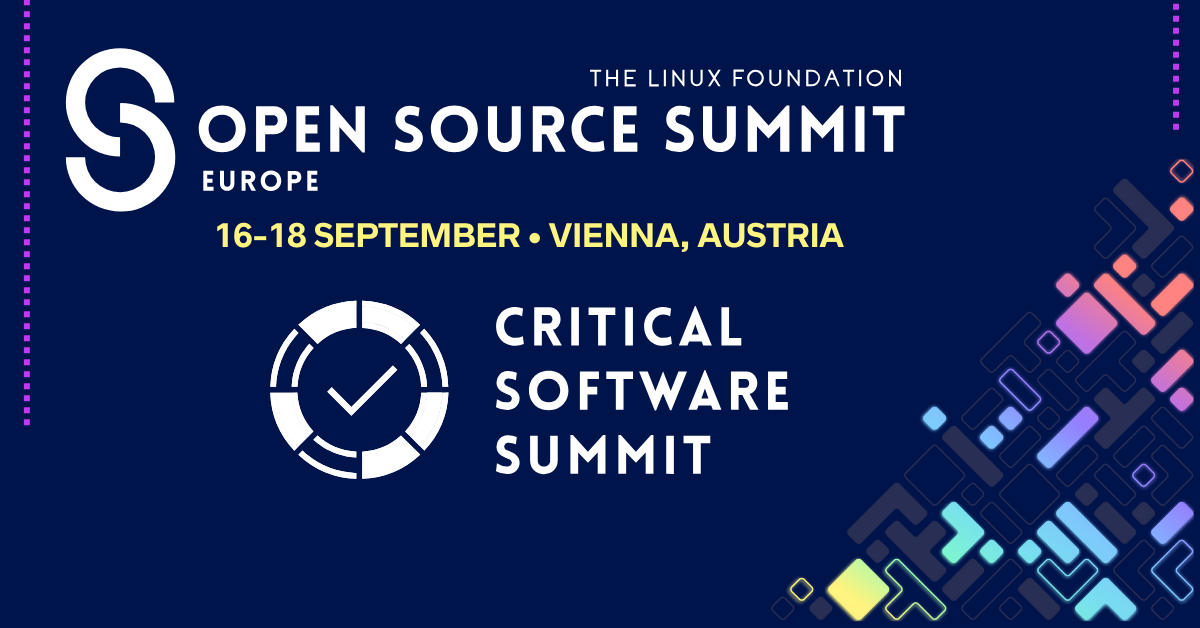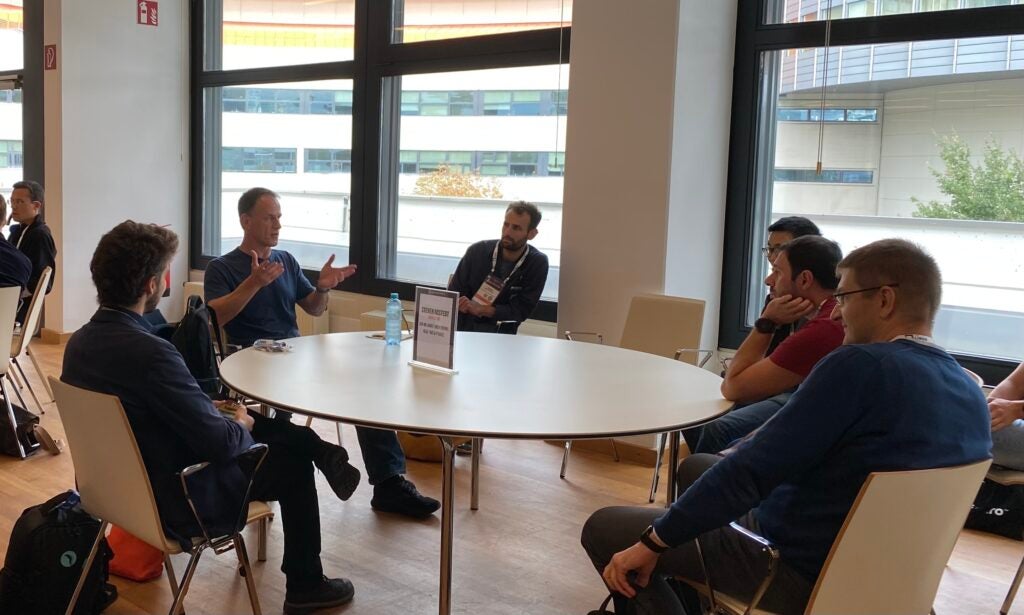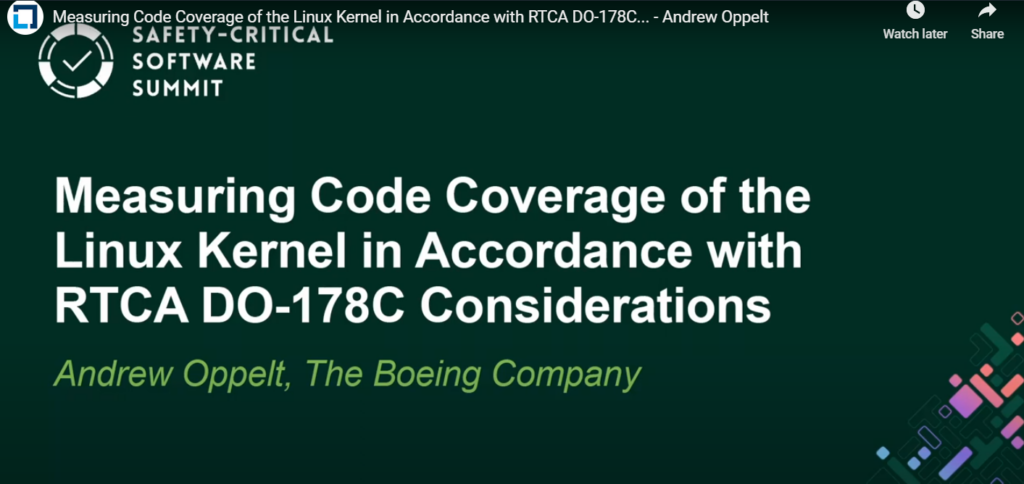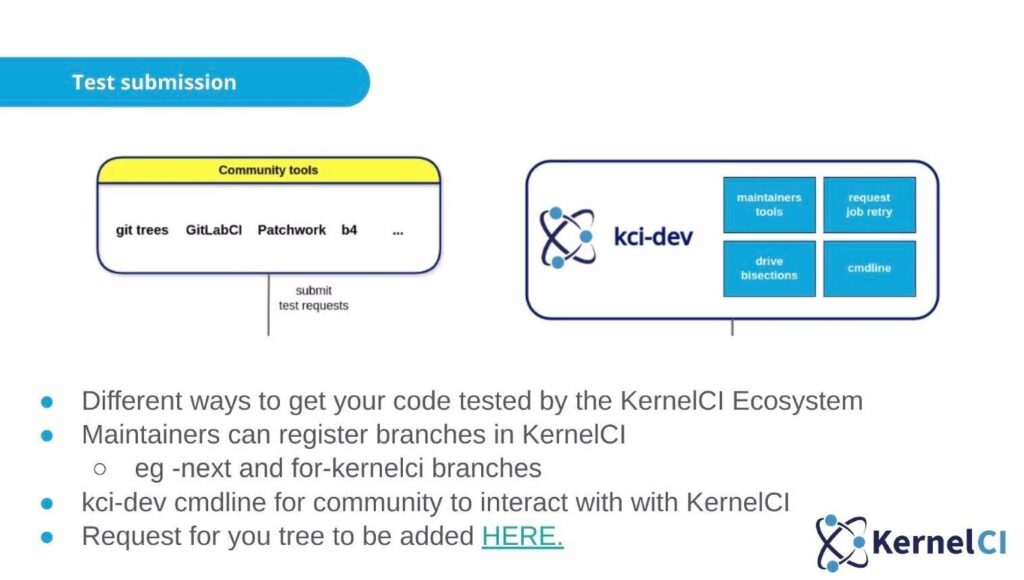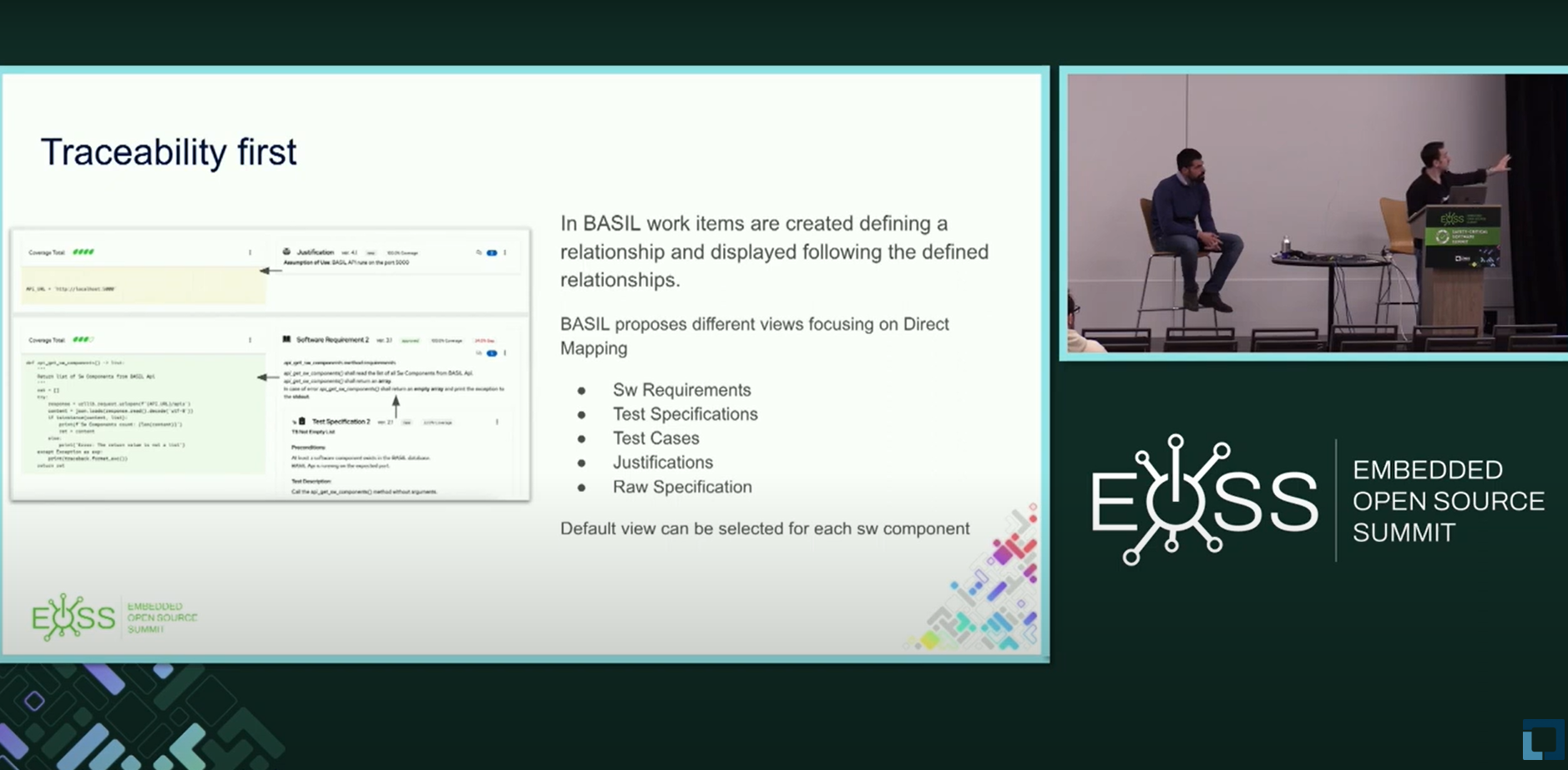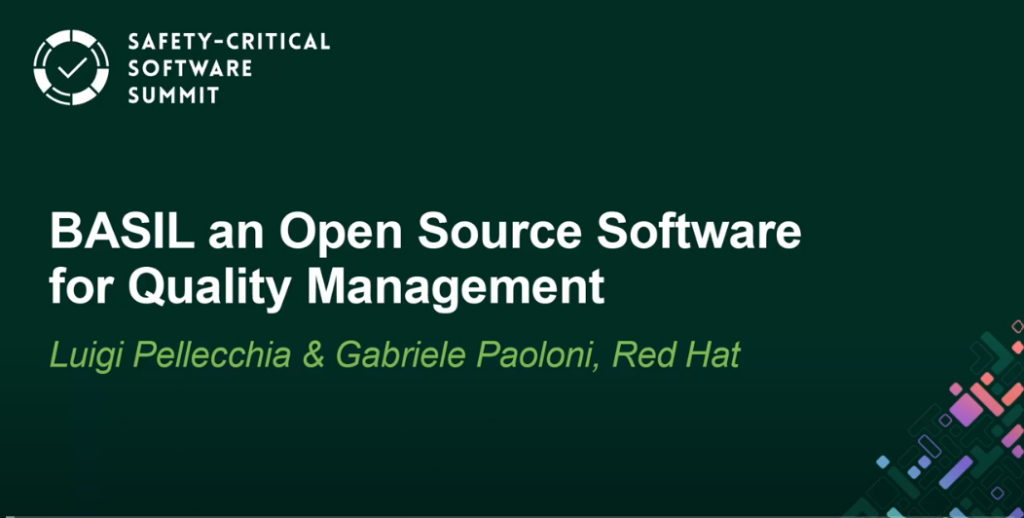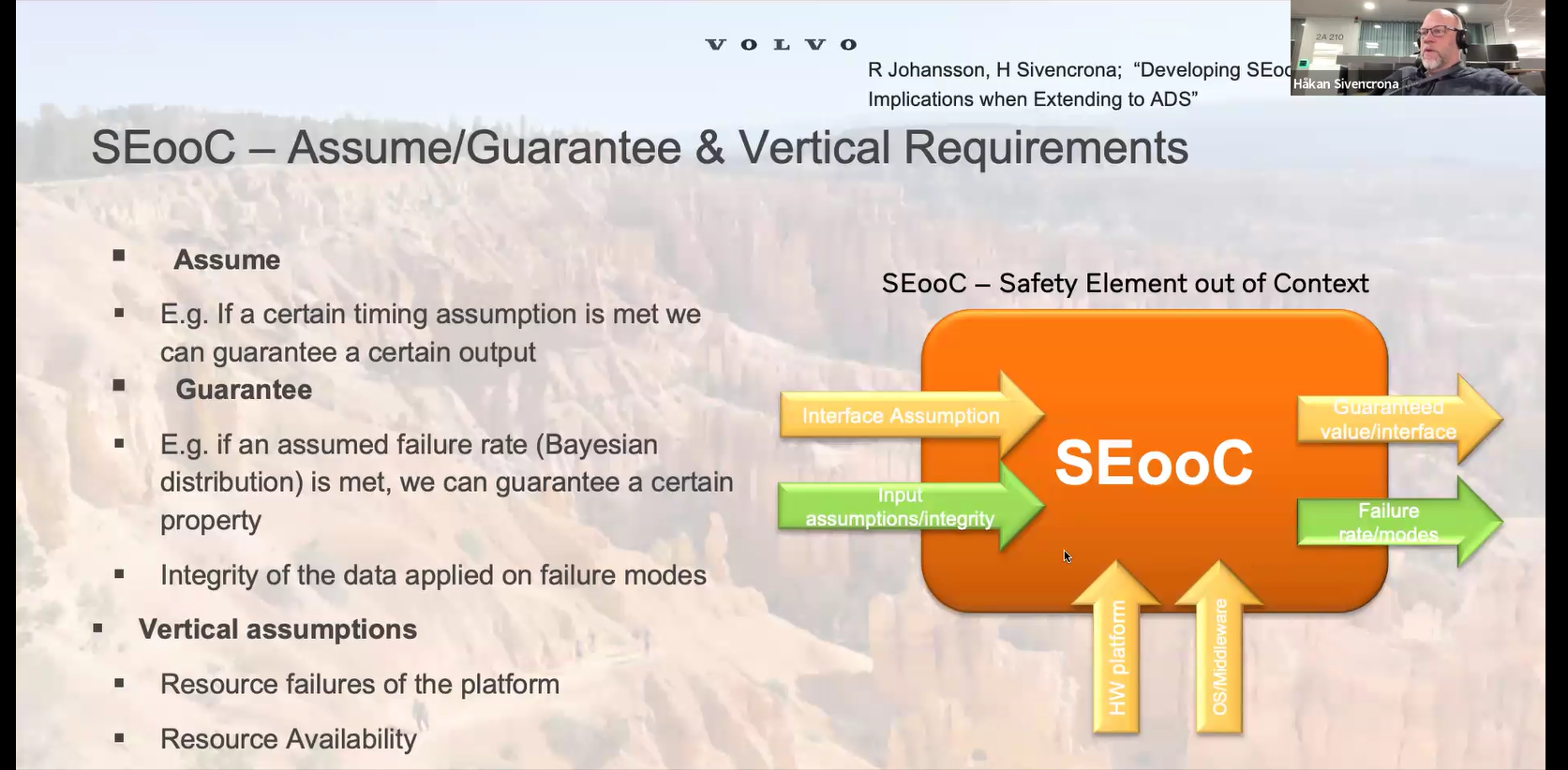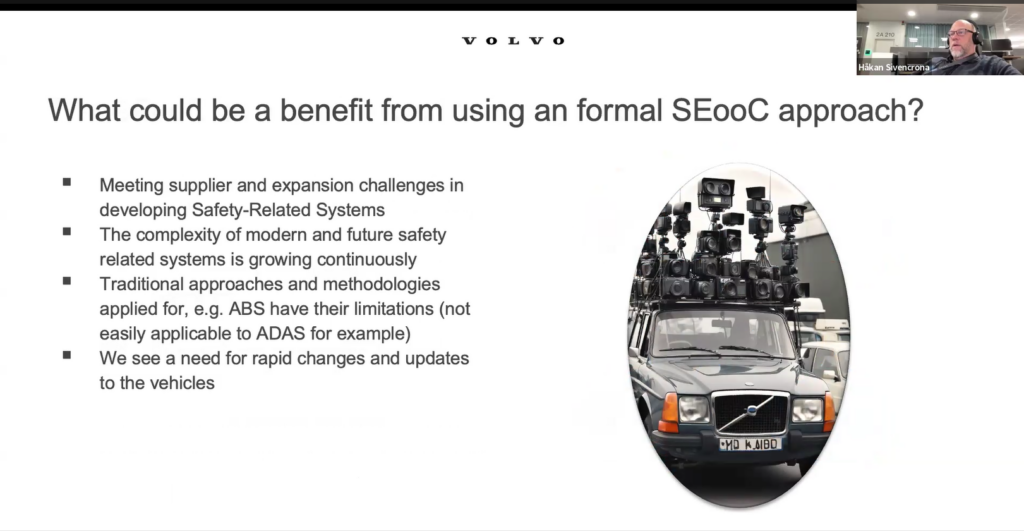
The increasing computation power of embedded CPUs has revolutionized industries such as Automotive, Aerospace, or Industrial by enabling centralized and enhanced use cases, software-defined functionalities, and increased automation. The challenges of this increased complexity are often addressed by incorporating Open Source Software, particularly Linux, virtualization and RTOS. As these industries are heavily regulated by quality and safety-integrity standards, the certification of these highly complex systems becomes crucial.
Starting from the similarities and overlaps in system architecture design across use cases, this video explores the demands imposed by safety integrity standards in various industries. To develop these systems and adhere to required processes, the integration of tools and a high degree of automation is essential.
Philipp Ahmann, Sr. OSS Community Manager at Etas GmbH (BOSCH), and Olivier Charrier, Principal Technologist – Functional Safety at Wind River, gave a presentation, “Cross Industry Demands and Collaboration Opportunities in Open Source for Safety Critical Systems” at the Critical Software Summit, which took place at Open Source Summit Europe in September. They discuss how open source projects bridge the gap between open source and safety-criticality, introducing tools and processes, and showcasing collaborative efforts in creating reproducible example system architectures. These systems can serve as a foundation for companies and projects adopting Open Source in safety-critical applications.
Check out the slides or watch the video below.
Watch the other sessions from the Critical Software Summit on the ELISA Youtube Channel here.
Stay tuned by subscribing to the ELISA Project newsletter or connect with us on LinkedIn or subscribe to the mailing lists to talk with community and TSC members.

